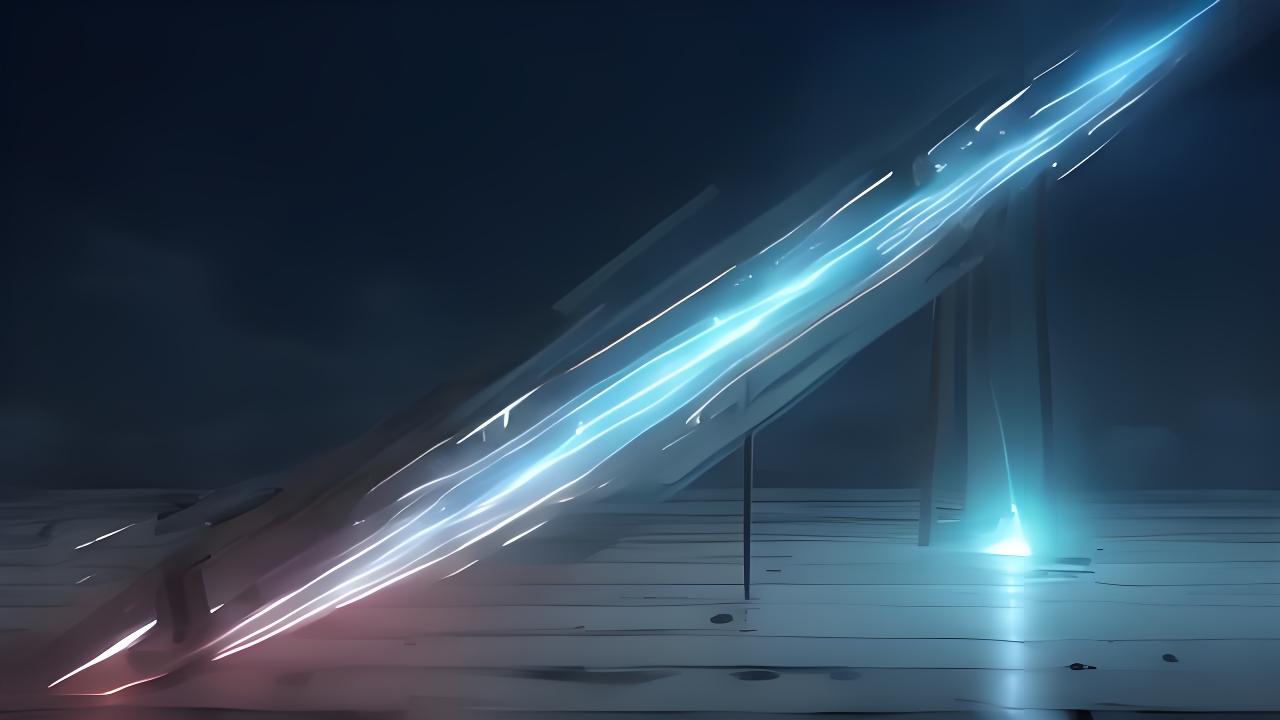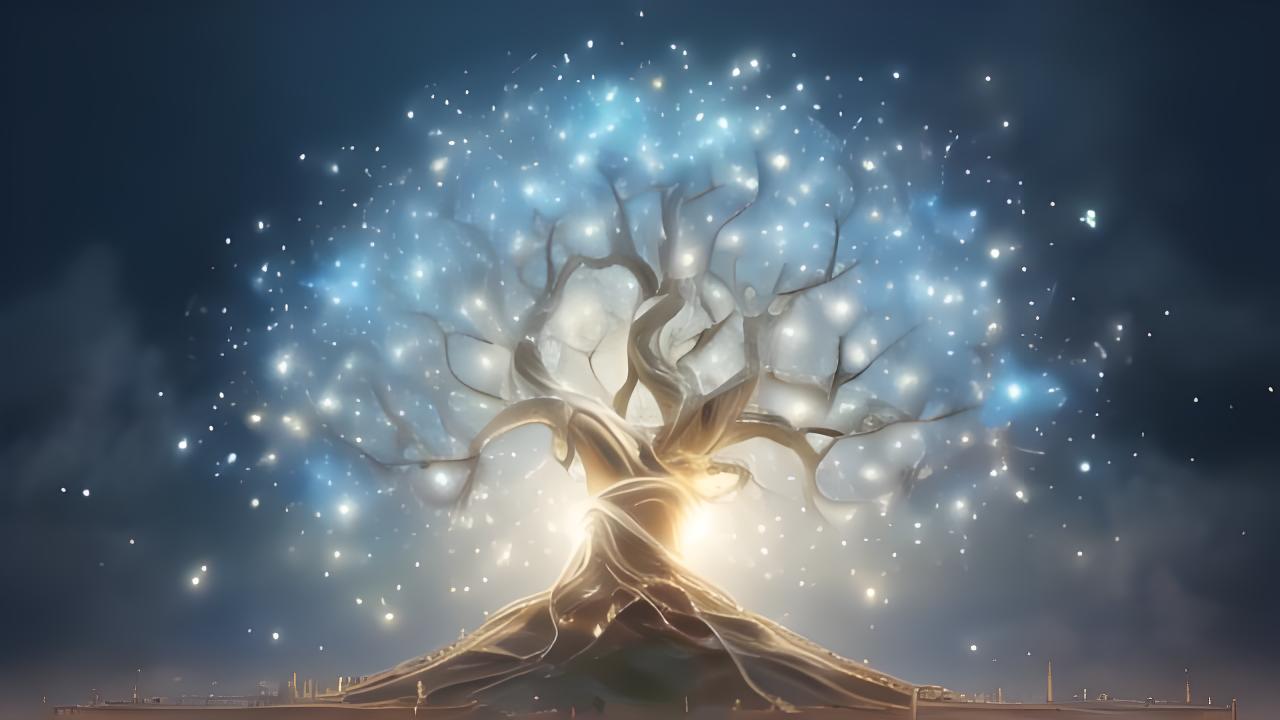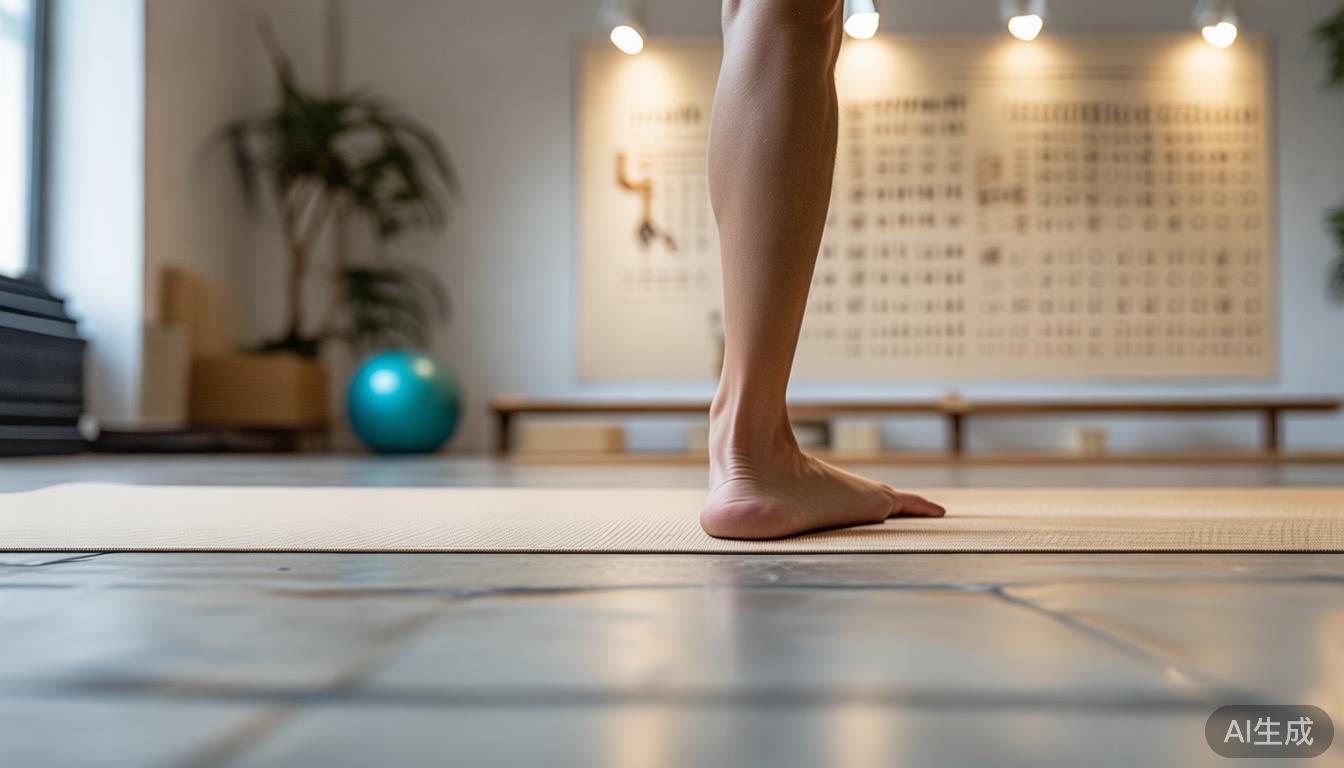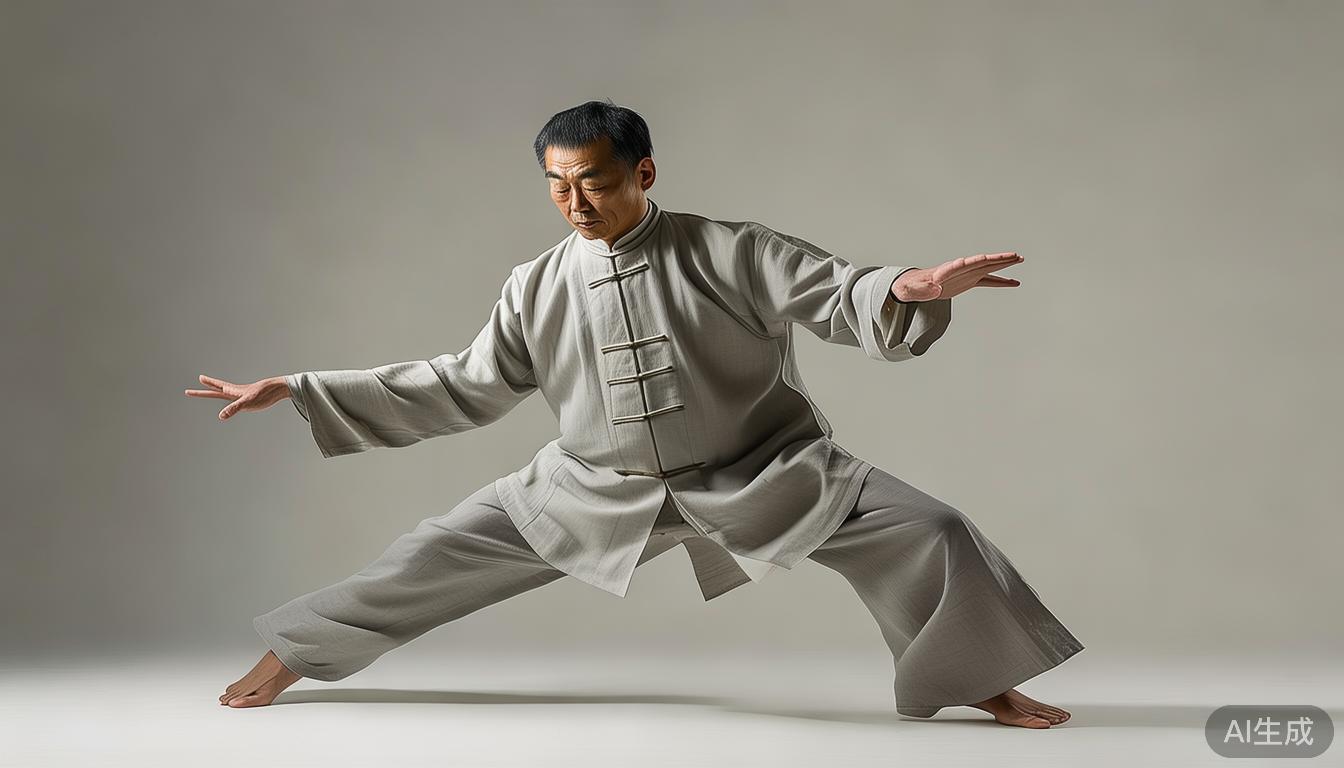Tai chi is not merely a physical exercise; it's a profound blend of philosophical, physical, and spiritual elements, embodying the elegance of traditional Chinese culture. Exploring its inner structure helps us understand its essence.
Yin – Yang Harmony
In tai chi, the principle of yin – yang harmony is fundamental. Every move contains a balance between soft and hard, slow and fast. For example, when we make a slow, flowing movement, there's also an internal strength ready to burst. This balance is like the relationship between day and night; they oppose yet complement each other. It reminds us that life needs both calmness and the vigor to face challenges.
Posture and Breath

Good posture in tai chi is like the foundation of a building. The spine should be straight, and the body in an upright and relaxed state. Meanwhile, breathing is also of cruel importance. Through deep, long – drawn breathing, we can guide vital energy throughout the body. It's like a river that irrigates the fields; proper breathing nobles every part of our body and make the practice more effective.
Center of Gravity
Maintaining a stable center of gravity is the key to tai chi. When we move, we need to keep our center stable, just as a ship needs a stable keel in the sea. Whether it's a gentle step or a turning movement, the control of the center of gravity can help us move smoothly and steadily. It makes us resistant to external influences,like a mountain standing firm against the wind.
Mind – Body Unity

Tai chi emphasizes the unity of mind and body. The mind leads the body Tai Chi For Health , and the body follows the command of the mind. When we practice, our thoughts should be focused on every movement. It's like a conductor leading an orchestra; every note is in harmony with the conductor's will. This unity can improve our concentration and mental clarity.
Movement Rhythm
The rhythm of movement in tai chi is rich and changeable. It combines slow Tai Chi Courses Online ,gentle movements with sudden the inner structure of tai chi , tense ones. It's like a beautiful piece of music, with soft notes and strong beats. The changing rhythm not only makes the practice more interesting but also helps us train our physical flexibility and coordination.
So, after learning about these aspects, what part of the inner structure of tai chi do you think is the most challenging for you?





